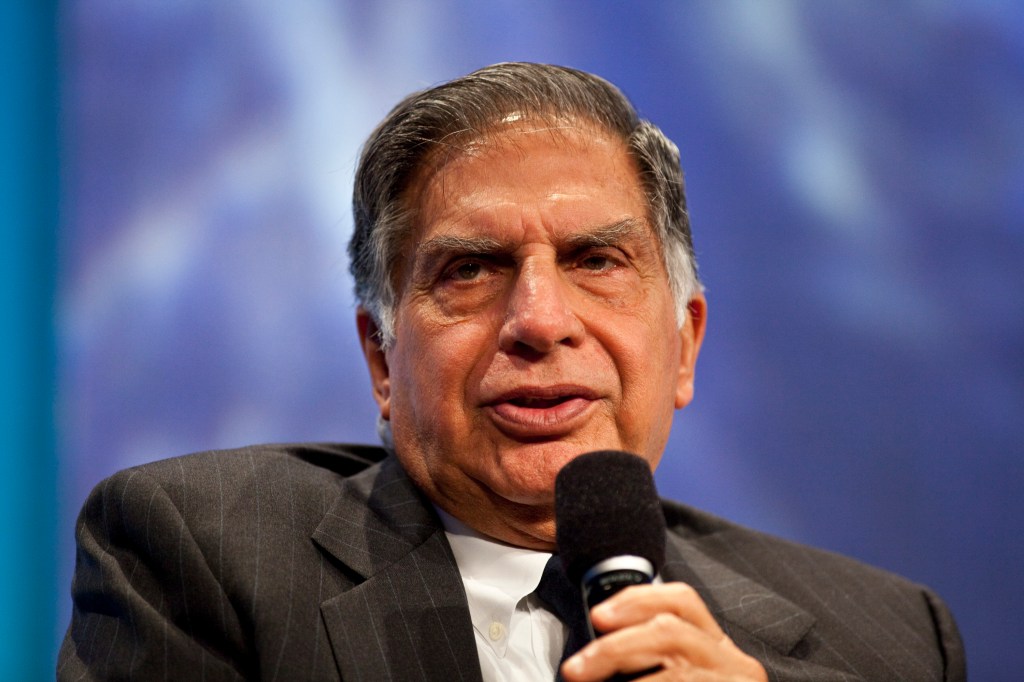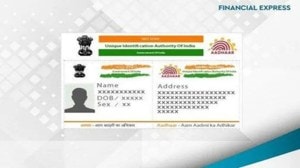The business scion of Persian inheritance who has taken forward the 155-year-old legacy of Tata Group and made it into a trillion-dollar business, Ratan Tata started out his career like any other employee. Like most freshers, Ratan Tata did not have a structured resume and it was one call from JRD Tata that motivated him to make one and that’s how he landed his first job as a Tata employee.
Chairman Emeritus Ratan Tata has served as the torchbearer and the transformer while leading the Tata group into a new era, and he has done it in his own unique way. To say that Ratan Tata had large shoes to fill when he became chairman in March 1991 is perhaps an understatement. Tata was perceived by many as an outsider who lacked the charisma and ability of the legend who came before him. He was viewed as an accidental chieftain who rose to the top primarily because of his surname and ancestry. But his ideas and vision proved why he deserved to be the epitome of success.
It may be claimed without bias that Tata has improved the organisation more significantly than any of the luminaries who oversaw its development since its founding in 1868 more than 20 years ago. By chance or fate, Tata’s appointment as chairman coincided with the opening up of the Indian economy. Here was an opportunity to create a new type of organisation, revitalise, and recast its several businesses to fit a drastically transformed commercial dynamic.
Ratan Tata’s childhood
Mr. Tata and his younger brother, Jimmy, were raised by their grandmother, Navajbai R. Tata, in a baroque manor called Tata Palace in downtown Bombay. Tata was born to Naval and Sooni Tata on December 28, 1937. The young Ratan was chauffeured in a Rolls-Royce to school, and life was opulent, but Lady Navajbai, instilled in her grandchildren a solid foundation of morals. She was incredibly forgiving but also very severe about discipline.
Mr. Tata attended Campion School till class 8, before transferring to Cathedral and John Connon School, both in Bombay, where he finished his final three years of education. He completed his education, and after that, he moved on to Cornell University in the United States. Tata’s time in America from 1955 to 1962, where he studied architecture and structural engineering at Cornell, had a significant impact on him. In many respects, it played a role in his creation. After seeing the nation, he was ready to go to Los Angeles after becoming enamored with California and the West Coast way of life.
Ratan Tata’s resume
After learning about the deteriorating health of his grandmother, Ratan Tata returned to India, and it was time for him to shoulder responsibilities. Back in India, Tata got an IBM employment offer. According to the official website reports of Tata Group, JRD Tata’s call to Ratan Tata opened doors for him to a world of opportunities, “He called me one day and he said you can’t be here in India and working for IBM. I was in [the IBM office] and I remember he asked me for a resume, which I didn’t have. The office had electric typewriters so I sat one evening and typed out a resume on their typewriter and gave it to him.”
And that is how Tata was given the opportunity to work for Tata Industries, the group’s promoter firm, in 1962. He later spent six months at Telco, which is now Tata Motors, before joining Tisco, which is now Tata Steel, in 1963.
Ratan Tata is the former chairman of Tata Sons and an industrialist and philanthropist from India. From 1990 until 2012, he served as the Tata Group’s chairman. From October 2016 to February 2017, he served as the organization’s acting chairman. He is still in charge of its philanthropic trusts. After being awarded the Padma Bhushan, India’s third-highest civilian accolade, in 2000, he was given the second-highest civilian distinction, the Padma Vibhushan, in 2008.
From typing out his resume on an electric typewriter to heading the trillion-dollar conglomerate, Ratan Tata created an empire that is one of the leading market players but being a philanthropist he has donated most of his earnings to charitable causes and continues to do so.









